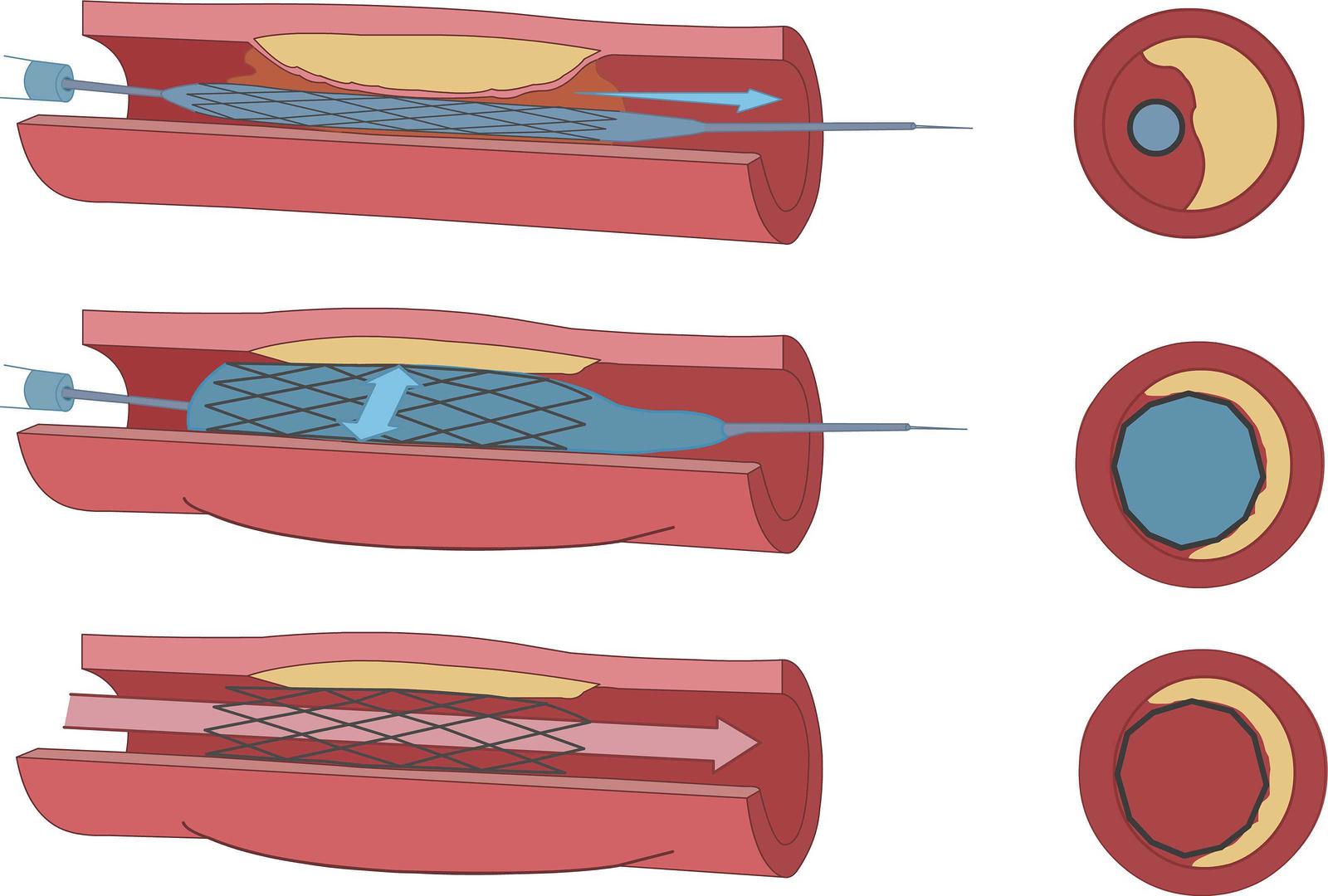PTA Stent and Atherectomy in Mission, TX
Dr. Pedro Mego specializes in minimally invasive treatments for peripheral artery disease (PAD) and vascular disease. The advanced treatments available at Mission Vascular Center of Excellence help restore blood flow to the lower extremities. The goal of these treatments is to relieve pain, assist with wound healing, improve mobility, restore sensation, and, most importantly, prevent amputation.
Percutaneous Transluminal Angioplasty
Percutaneous transluminal angioplasty (PTA) is one of the most common treatments for PAD. A catheter is inserted into the affected artery (usually the femoral artery) and is guided to the blockage using X-ray technology. When it reaches the blockage, a small balloon on the tip of the catheter inflates to push the plaque against the artery wall and widens the space for blood to flow. The balloon may be coated in medicine that helps the artery heal with less scarring. This is called a drug-eluting balloon.
PTA Stent
If the physician has decided to insert a stent, after the balloon pushes the plaque to the side it then collapses, and the stent is left in place to maintain the necessary space for adequate blood flow. The mesh of the stent may be covered in synthetic fabric along with medicine to assist with healing. This is called a drug-eluting stent.
PTA Atherectomy
Atherectomy is another option commonly performed during percutaneous transluminal angioplasty. Rather than keeping the plaque in place, atherectomy is performed to remove plaque from the affected artery. There are several ways that this is accomplished.
In some cases, the doctor may decide that a rotational atherectomy is the most appropriate method. It involves using small diamond bits to grind down the plaque into microscopic particles which are disposed of naturally.
During directional atherectomy a small balloon pushes plaque to the side of the vessel and then a small blade removes the plaque from the walls. The plaque particles are stored within the device and removed at the end of the procedure.
During laser atherectomy a small laser is placed on the catheter, which vaporizes the plaque as it tunnels through the blockage.


